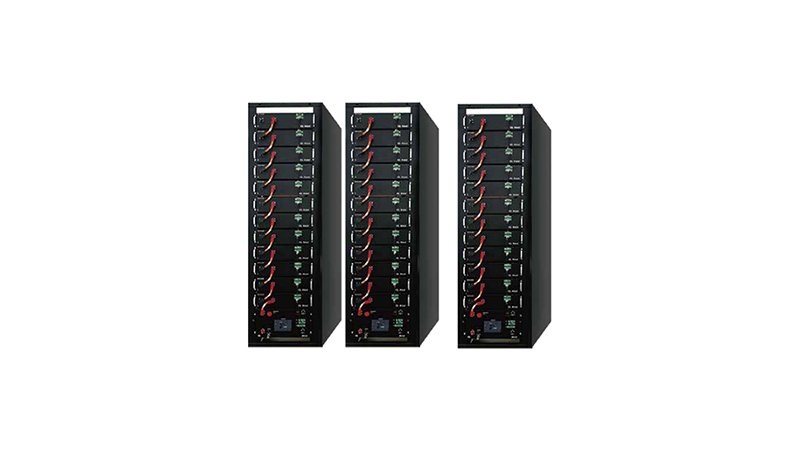High voltage lithium iron phosphate (LFP) batteries have gained significant traction in energy storage applications due to their stability, safety, and longevity. Companies like huijue energy storage are at the forefront, providing advanced battery solutions for a range of applications. However, like any technology, these batteries can encounter issues that need troubleshooting. This article covers common problems and solutions when dealing with high voltage LFP battery systems.
Understanding High Voltage LFP Batteries
High voltage LFP batteries are known for their high energy density, thermal stability, and safety over other lithium-based chemistries. They’re often used in electric vehicles, renewable energy systems, and industrial applications for energy storage. However, to ensure optimal performance and longevity, regular monitoring and troubleshooting are essential.
hotshopsale | bizlinkplace | quickbizops | bizpulsenets | capitalgrowr
Common Issues and Their Solutions
1. Battery Not Charging
Symptoms: The battery management system (BMS) may show errors, or the charge time may exceed normal levels.
Troubleshooting Steps:
- Check Connections: Ensure all terminals and connections are secure and free of corrosion. Loose or corroded connections can lead to charging issues.
- Inspect Charging Equipment: Verify that the charger is functioning correctly and compatible with the LFP battery specifications. Check voltage output and current levels.
- Evaluate BMS Settings: A misconfigured BMS can prevent battery charging. Confirm that the settings match the battery’s specifications and requirements.
2. Reduced Battery Capacity
Symptoms: The battery discharges faster than expected or does not reach full capacity.
Troubleshooting Steps:
- Assess Operating Temperature: High temperatures can degrade battery performance. Ensure the operating environment is within the recommended temperature range (generally between 0°C to 60°C).
- Monitor Usage Patterns: Inspect the load demands on the battery. Continuous high discharge rates can negatively impact capacity.
- Perform a Cycle Test: Deep cycle the battery under controlled conditions to evaluate its capacity. This can help identify if the battery is aging or has defects.
3. Overheating
Symptoms: The battery feels excessively hot during operation or charging.
Troubleshooting Steps:
- Inspect Load: Excessive loads can generate heat. Assess the load profile and ensure it remains within the battery’s capacity.
- Check for BMS Fault: A malfunctioning BMS may fail to regulate temperature. Ensure the BMS is operational and properly calibrated.
- Cooling Solutions: Implement cooling measures if necessary, such as improved ventilation or external cooling systems.
4. Voltage Imbalance
Symptoms: Cells within the battery pack show unequal voltages, which can lead to performance issues.
Troubleshooting Steps:
- Balance Cells: Use a cell balancer or a battery management system that includes balancing features to equalize cell voltages.
- Inspect Individual Cells: Physically check each cell for signs of damage or degradation. Replace defective cells as needed.
- Regular Maintenance: Incorporate periodic checks into your maintenance routine to monitor cell health and voltage.
5. Fault Indications from the BMS
Symptoms: The BMS displays fault codes or warnings regarding battery conditions.
Troubleshooting Steps:
- Refer to BMS Documentation: Each BMS will have specific error codes. Consult the user manual to diagnose the issue based on the displayed codes.
- Reset the BMS: Sometimes, a simple reset can resolve temporary faults. Follow the manufacturer’s instructions for a safe reset procedure.
- Software Updates: Ensure that the BMS firmware is up to date, as manufacturers often release updates to fix known issues or improve functionality.
Best Practices for Maintaining High Voltage LFP Batteries
- Regular Inspection: Periodically inspect the battery and BMS for visible signs of wear, corrosion, or physical damage.
- Temperature Monitoring: Use temperature sensors to monitor battery operating conditions closely.
- Proper Charging Protocols: Follow recommended charging protocols to prevent overcharging or deep discharging, both of which can shorten battery life.
- Training and Awareness: Ensure that all personnel handling the batteries are adequately trained to identify issues and perform basic troubleshooting.
Conclusion
High voltage LFP batteries, such as those from Huijue Energy Storage, offer efficient and robust solutions for energy storage needs. However, regular monitoring and proactive troubleshooting are crucial to maintain optimal performance. By understanding common issues and implementing effective solutions, users can extend the life of their batteries and ensure safe operation. Remember, when in doubt, consulting a professional or the manufacturer can provide additional guidance and support.

